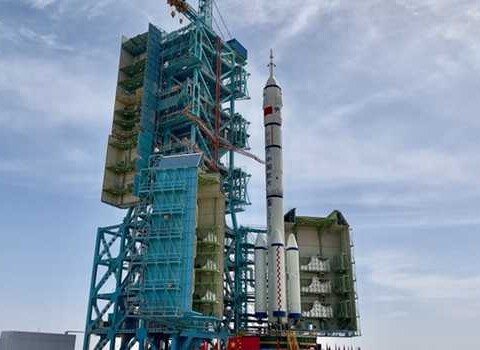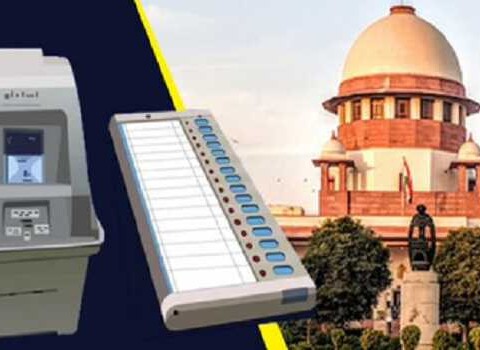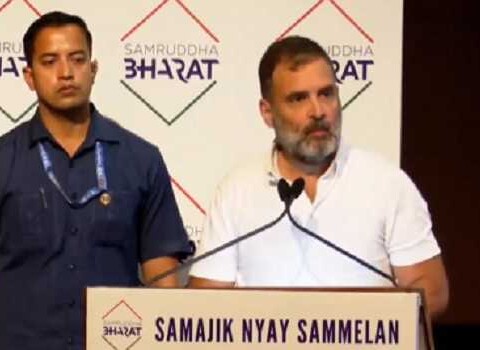MUSHTAQ AHMAD RATHER
In India there was much excitement, when the Geological Survey of India (GSI) made it public that Reasi district of Jammu and Kashmir has substantial abundance of Lithium deposits.
Initial estimates put the mineable deposits at 6 million tons in this hilly terrain of Jammu province. If those estimates are validated, India will have the world’s 6th largest deposits of this rarest of rare metal.
It would be far ahead of our competitor neighboring country China, which currently has 5.1 million tons of Lithium deposits. According to one estimate, if we look at the global lithium reserves, the country with the highest Lithium reserves is Chile with 9.2 million tons of Lithium deposits, followed by Australia at 5.7 million tons.
Kickstarting the electric vehicles
In this piece we will look at the importance of this finding of lithium deposit and how it could kick start India’s electric vehicle revolution in the coming years. Let us first look at the lithium itself. In the past decade or so this silvery white metal has become ubiquitous in our daily lives. Today it has become a highly valuable natural resource .The cell phone irrespective of the brand that we hold in our hand has either a lithium ion battery or lithium–polymer battery as do the laptops we use. Lithium is also a battery of choice for electric vehicles like electric scooters, cars and buses. It also has a range of other uses including lubricant in ceramics and glasses, for medical uses and even finds applicability in nuclear power plants. Lithium is also used for storage of renewable energy in power grids. As people will move away from petrol and diesel vehicles towards electric vehicles and use of solar and wind energy also getting a boost, this will reduce the use of fossil fuel especially coal. In the coming years there would be a great surge in lithium demand globally and that is why it is rightly referred as white gold. Lithium also is very rare to find. There are estimated 89 million tons of deposits of Lithium across the globe. The three Latin American Countries, Bolivia, Argentina and Chile account for 50 million tons or more than half the total deposits in the world. The US, Australia and China account for the remaining cache of lithium deposits. China is the number one player in manufacturing lithium –ion batteries. Infact 75% global production of Lithium ion batteries is contributed by China alone. According to a recent International Energy Agency (IEA) report China controls 58% of Lithium processing globally followed by Chile at 29% and Argentina 10%. Interestingly , there are no major Lithium reserves in China but maximum processing of Lithium is done in China .The obvious reason is they have entirely focused on developing manufacturing units .Now India will join this exclusive club of nations that has its own deposits of mineable lithium and will contribute 5.5% to global lithium reserves.
Lithium ion batteries v/s Lead –acid batteries
There are four advantages of Lithium ion batteries over lead acid batteries. A battery’s capacity is known essentially by how much energy it can store and discharge. Lithium batteries are known to have much higher energy density than lead–acid batteries. Simply put, it means that significantly more energy can be stored in a lithium battery using the same physical space as compared to a lead acid battery and this is estimated to be 50 to 60% more which gives lithium a decisive advantage over lead acid batteries. One of the advantages of this is that because it is able to store more energy, we can power our appliances for a longer period of time.
In a lead acid battery only 50% of its energy can be drained or discharged at a time as doing it beyond this limit would impact its longevity . While for Lithium, 85% of energy can be drained safely that means it has higher effective capacity as compared to lead–acid option. The efficiency of lithium batteries is great as it scores far higher than other options including lead-acid batteries. Recent innovations have demonstrated that we charge our cell phone battery within an hour rather than waiting for 5 to 6 hours.
The rate of battery degradation is much less in a lithium battery than it is for lead-acid batteries. To put it much simpler , the life span of Lithium ion batteries is much longer than Lead-acid batteries .The comparison is that Lead acid batteries last for about three years or so while as Lithium ion batteries can go on over ten years .
Massive deal
Now having looked at the relative merits of the Lithium battery, let us look at why the lithium reserves found in the Reasi area of Jammu & Kashmir is such a massive deal ? Data tabled in Parliament shows India imported Lithium and Lithium ion cells worth Rs 26,000 Crores or more in the past three years. These batteries have been mostly used to run electric vehicles or EVs, Smart phones and computers . What is significant is that EV production in 2022 in India saw a 200% growth with over 48000 electric vehicles being sold already .Canalys, a technology consultancy firm forecasts that the Electric vehicle expansion in India will cross over three hundred thousand units in 2025. This will mean that 6% of the total light car market will be dominated by EVs. Now it gets even bigger , India expects that in 2030 , 40 % of the two wheelers and private cars in the country would be battery operated vehicles and it is also pushing for 100% of commercial buses to be electric vehicles by 2030.This will cut India’s petroleum consumption by as much as 156 million tons which is worth Rs 3.5 lakh crores . Now India is highly dependent on China for such imports apart from Australia and Chile. For India to reduce its dependency on China and other countries, it is important that we start producing Lithium indigenously and also making batteries for it. The discovery of Lithium in Reasi J&K now offers a hope for the country to build self sufficiency in this sector.
Environmental impact
Lithium mining and exploration has a huge impact on the environment. Like mining and exploration of other minerals, Lithium mining is also responsible for pollution of air, water and soil. The extraction of lithium from its ore is a highly water intensive process and results in mass scale wastage of water. According to one estimate, to extract one ton of lithium, 2.2 million liters of water is needed. Second, lithium’s extraction is done from hard rocks and underground brine reservoirs. So Lithium extraction can result in Joshimath like incidents in Reasi district and the agencies involved in mining should not ignore the environmental aspect . The human resettlement & rehabilitation in the Reasi district is highly sensitive as the majority of the people in Reasi live below poverty line and there is a good population of pastoralists who earn their livelihood by rearing livestock in the meadows and pastures. The Government has to make sure these people are rehabilitated properly and should be provided enough forest land to continue with their profession. There is a great role of Forest Rights Act here wherein people can be provided forest land as part of their Community Forest Right (CFR).To further boost the economy of the region, the youth of Reasi should be trained to take up Lithium mining work in future which is in fact the slogan of our Prime Minister Mr Narendra Modi i.e Vocal for Local.
Mushtaq Ahmad Rather is a teacher in Education Department of J&K Government and can be reached at: [email protected]











